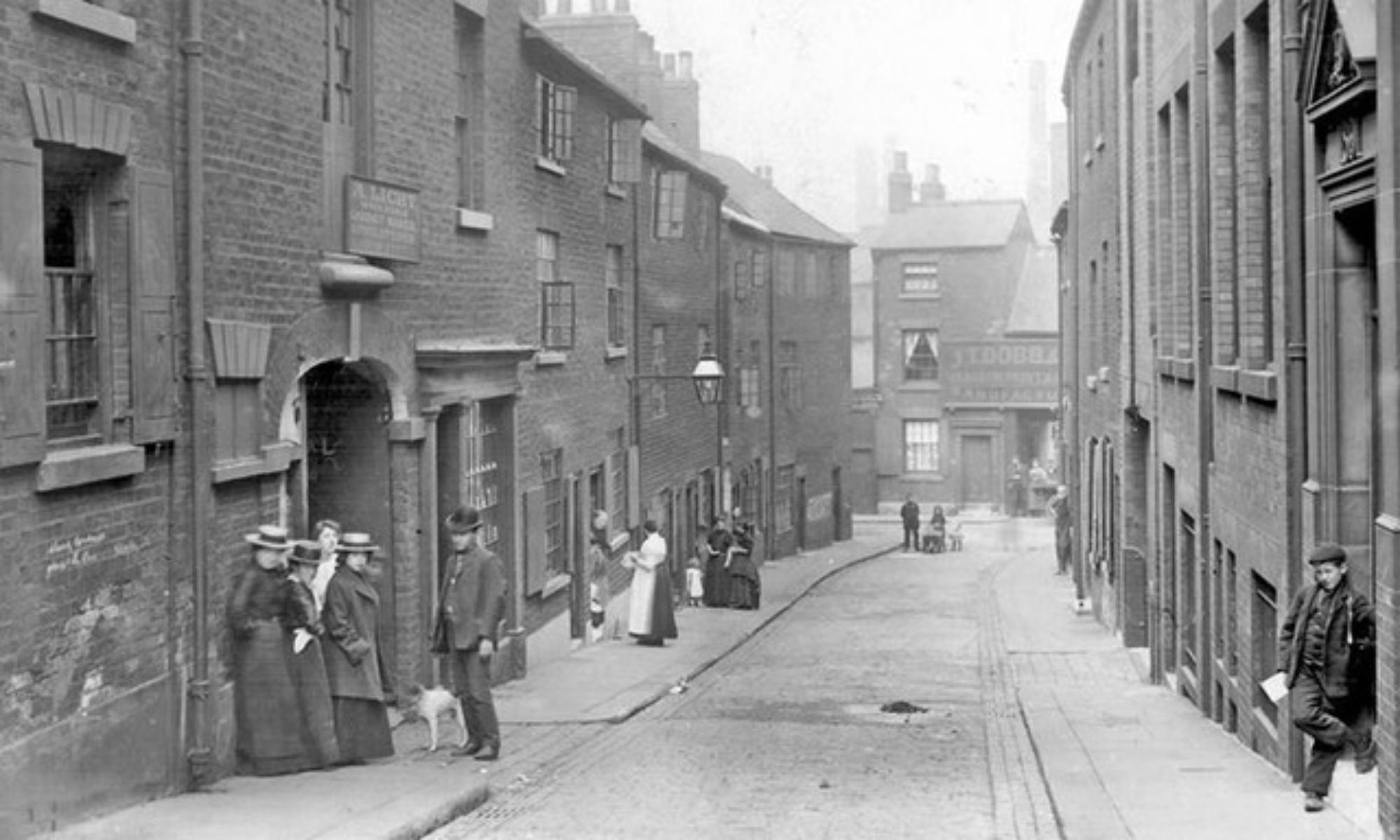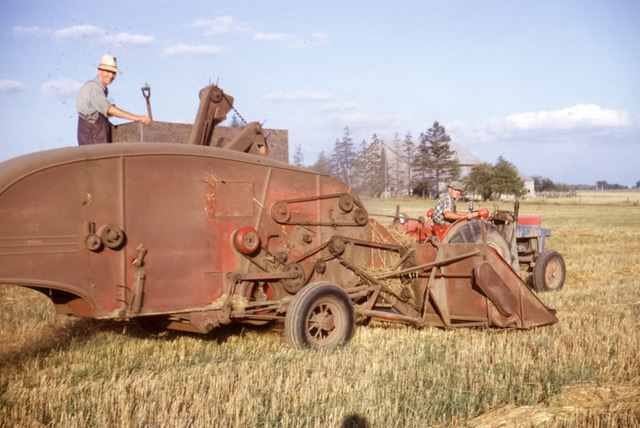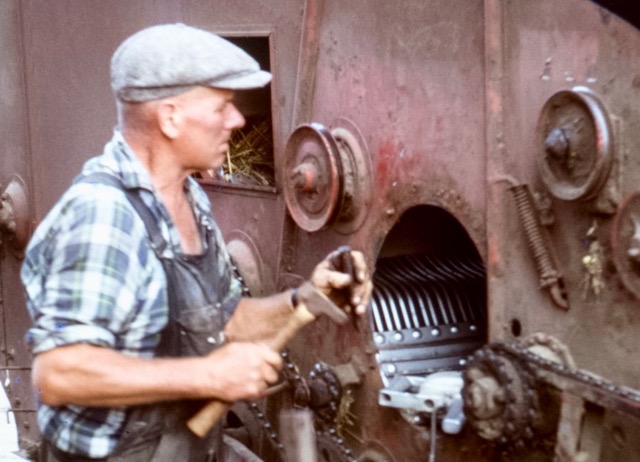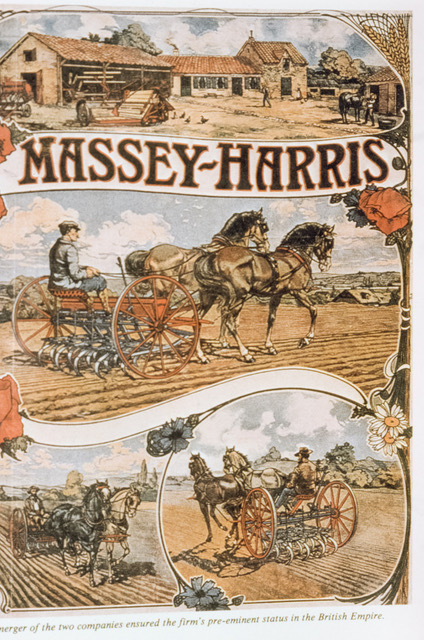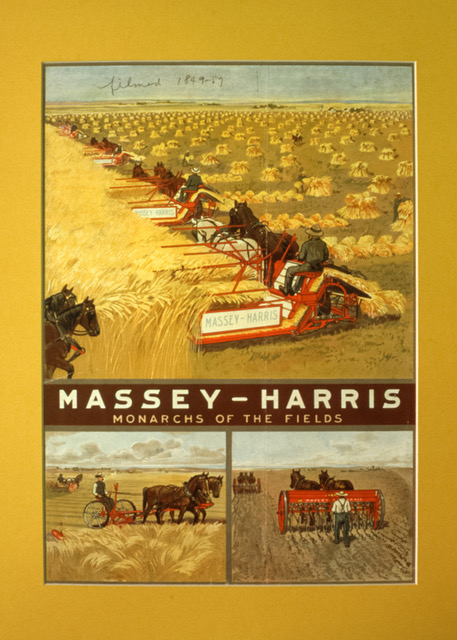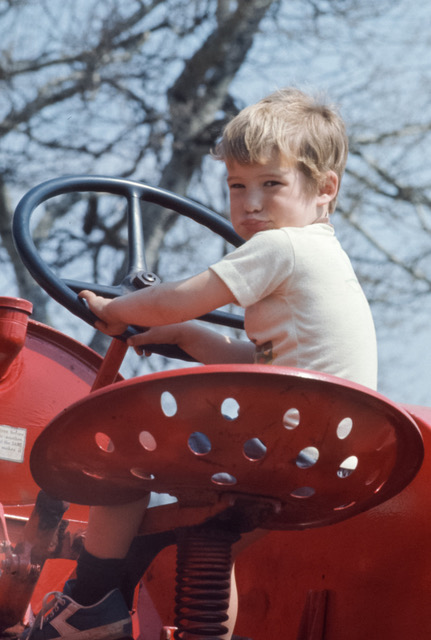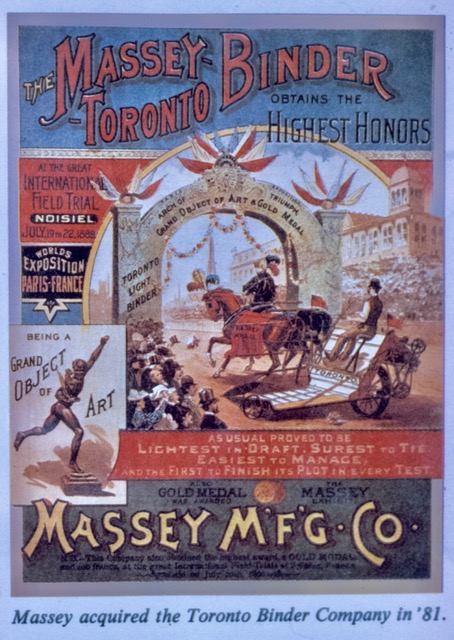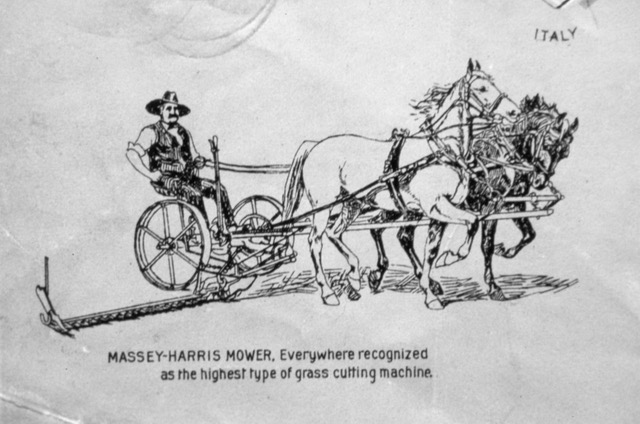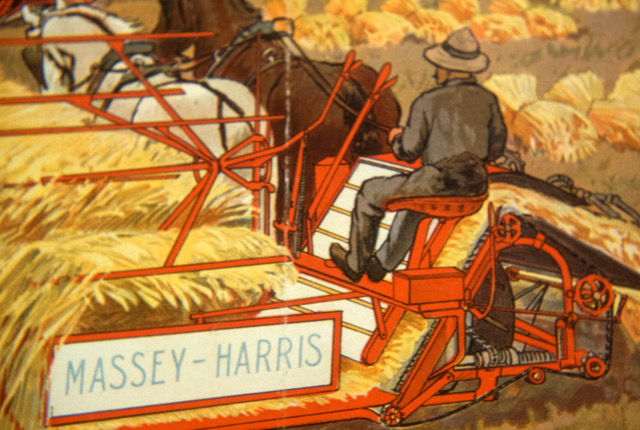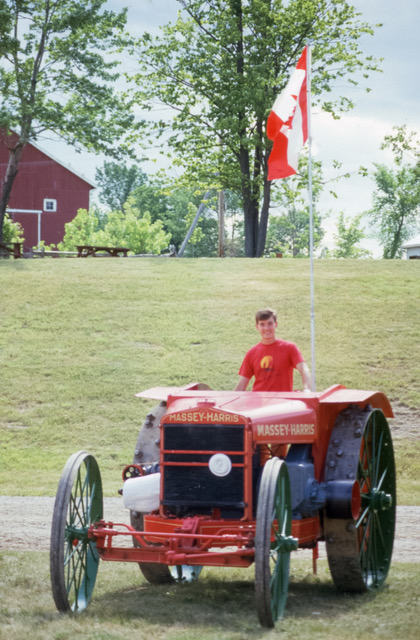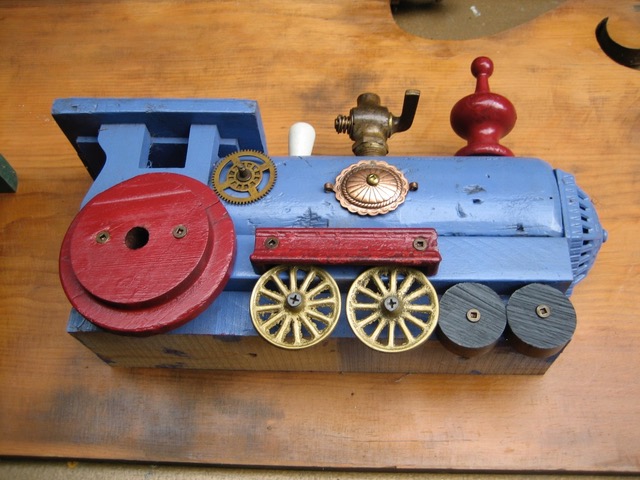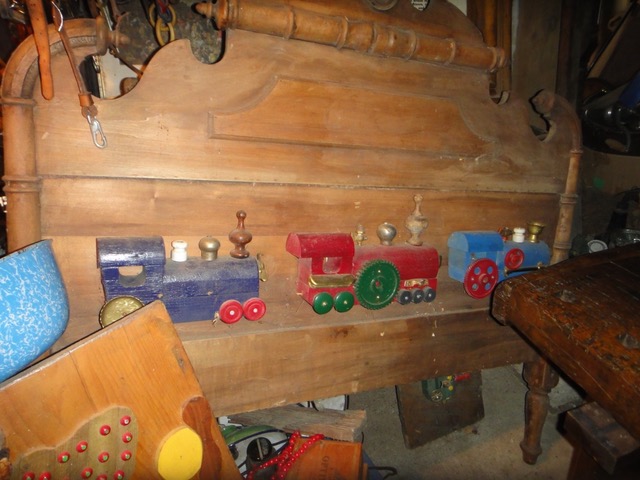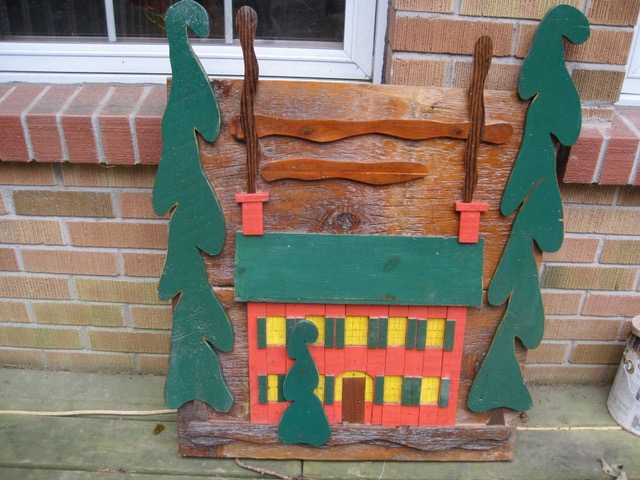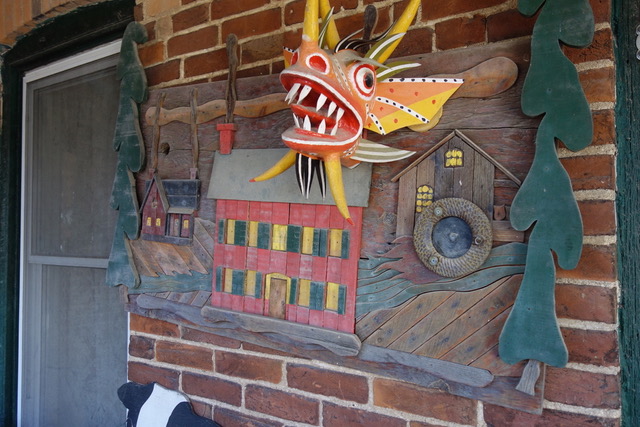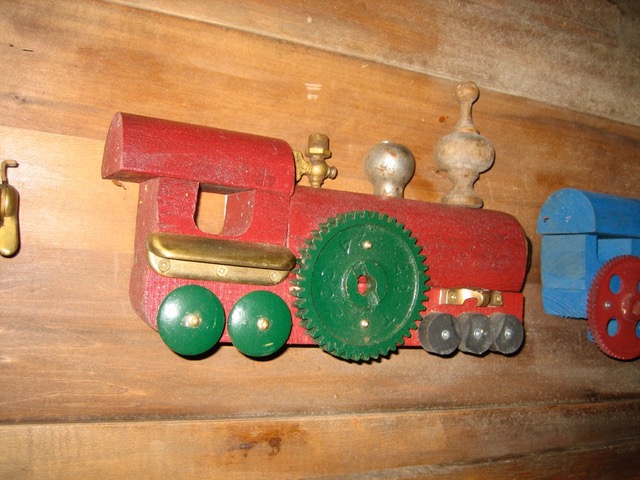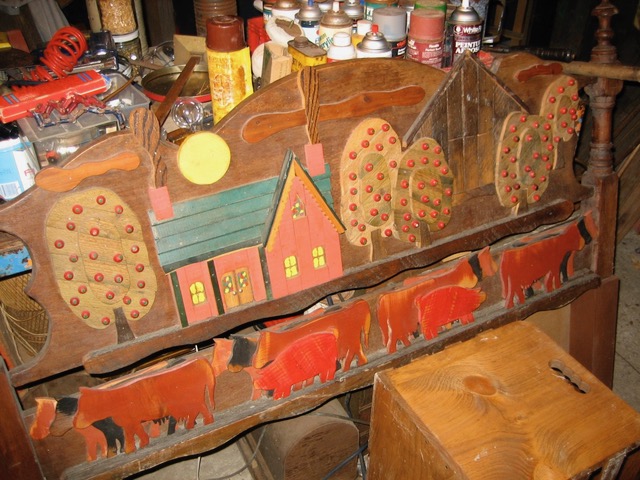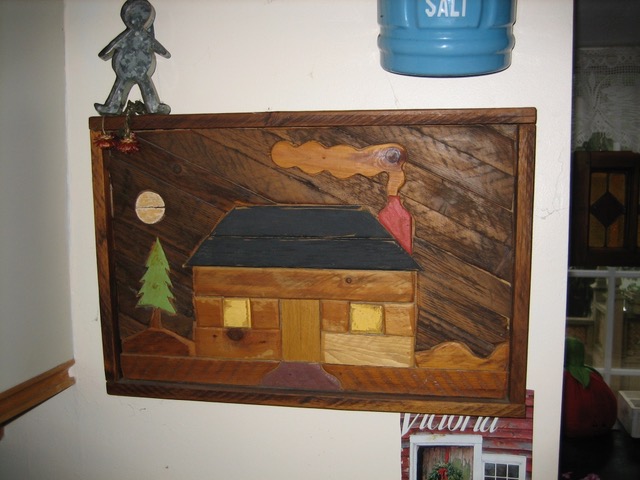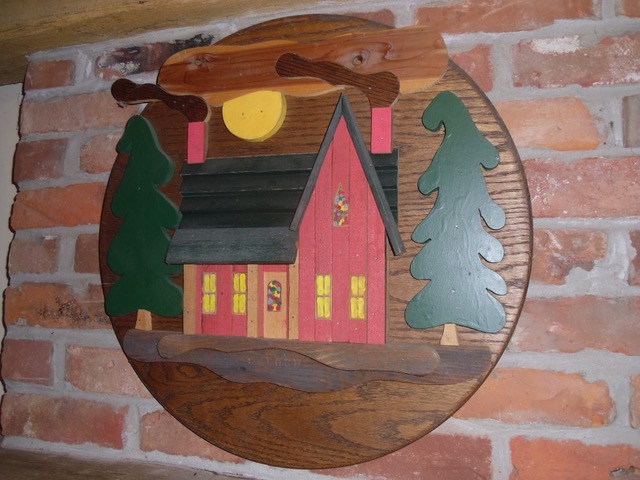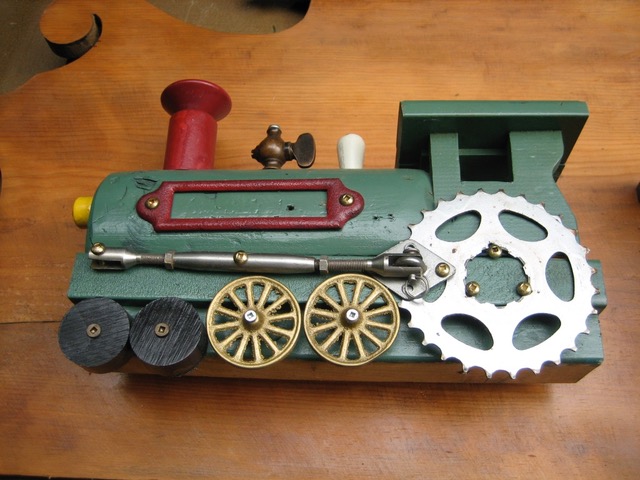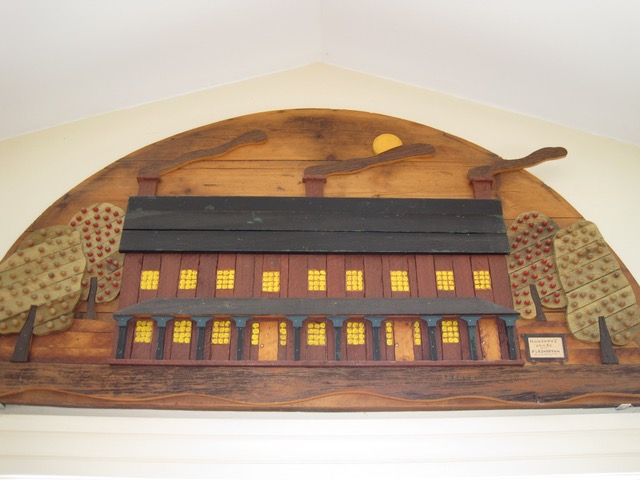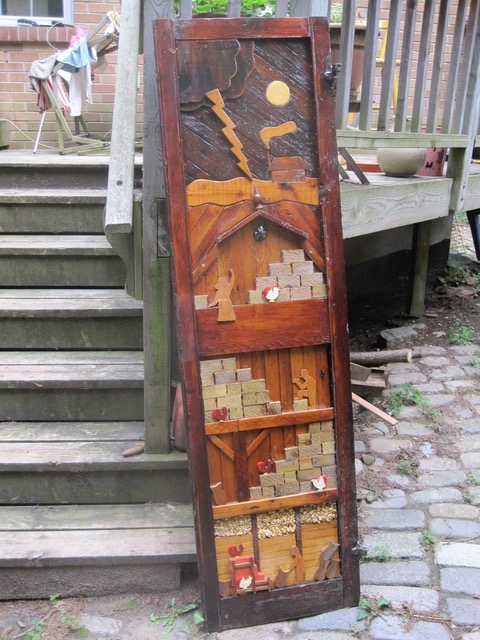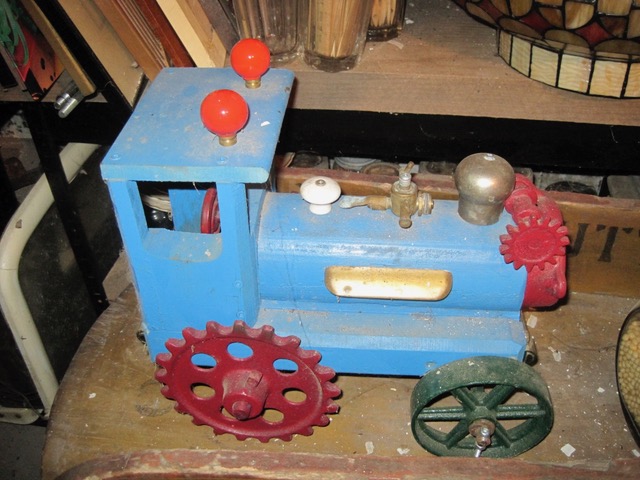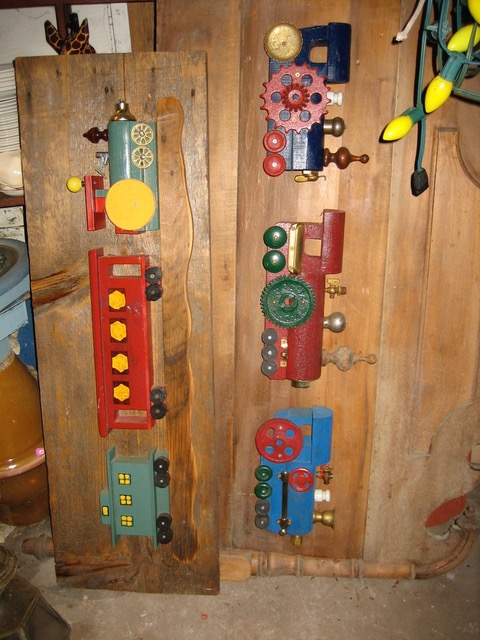EPISODE 287 MASSEY FERGUSON DEMOLITION BITS AND PIECES OF THE FACTORY WOOD QUILTS OUT OF THE ASHESalan skeoch
march 2021
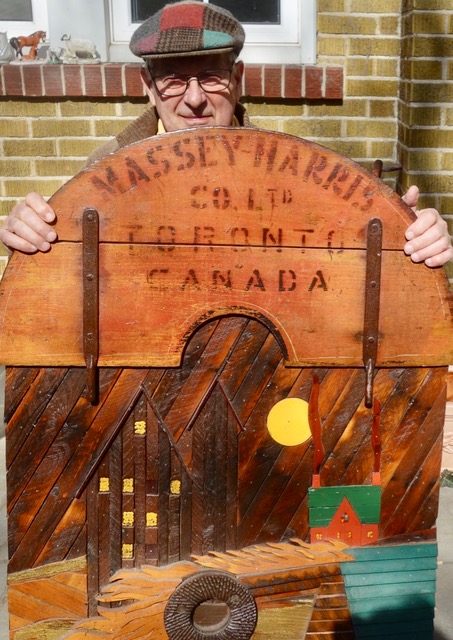
WELL this is the end of the Massey Ferguson Demolition series. Just a few bits and pieces that were notwoven into a story form. Some pictures of the Massey machines made at the factory. And some moreof the wood quilts made from some of the Massey Ferguson salvage and snow fence, old house shutters,lath from plaster walls… A mish mash.1) Uncle Norman’s Massey Harris combine harvester circa 1950….while combining it picked up
a rock which dented the cylinder and could not be fixed even thought Uncle Norman tried to fix it
with a ball pain hammer. At the farm sale years later the combine sold to a scrap man for around $100
even though some members of the Skeoch family thought it was worth several thousand dollars. I think
cousin John and I, who were Norman’s executors, have never been quite forgiven.
2) Below are a selection of Massey Harris machines…most of them are designed
to encourage sales. Massey Harris colours are red snd gold, two colours which
I used often in my wooden Quilts. The same colours, red and gold, were the proud
colours of Parkdale Collegiate Institute. Strange?
That’s one of our sons, Andrew. siting on a Massey Harris tractor. Note he is replicating the
sounds the tractor would make had the motor been running.
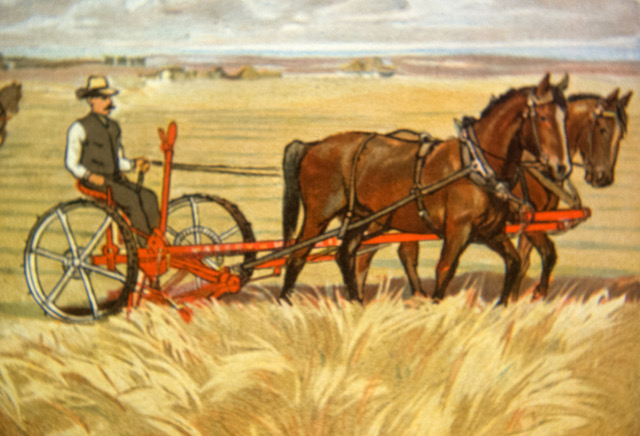 I an not sure where this ancient tractor was made. It is a Massey Harris machine however.
I an not sure where this ancient tractor was made. It is a Massey Harris machine however.
3) A selection of my fold art. Please do not feel I am trying to sell. Just having fun.
END EPISODE 287
Post Script: Who were the Masseys?
Massey Manufacturing Co.[edit]
In 1847, Daniel Massey established the Newcastle Foundry and Machine Manufactory in what is now Newcastle, Ontario.[2] The company made some of the world’s first mechanical threshers, at first by assembling parts from the United States, but eventually designing and building its own equipment. Daniel Massey’s son, Hart Massey, subsequently renamed the enterprise as the Massey Manufacturing Co. In 1879, the company moved to Toronto,[3] where it soon became one of the city’s leading employers. The huge complex of factories, consisting of a 4.4-hectare (11-acre) site with plant and head office at 915 King Street West (now part of Liberty Village), became one of the best-known features of the city. The company expanded further and began to sell its products internationally.[3] Through extensive advertising campaigns, it became one of the most well-known brands in Canada. A labour shortage throughout the country also helped to make the firm’s mechanized equipment very attractive.
Massey began experimenting with oil engines about 1910, with engines such as the Bulldog. However, success came only later in the 1920s with the Wallis line of tractors which was purchased by the firm.
In the 1930s, it introduced the first self-propelled combine harvester.[2] Massey Harris also produced one of the world’s first four-wheel drive tractors. Hart Massey’s sons Charles, Walter, Chester and Fredbecame closely involved in the business and eventually took over its operations. They were the last generation of Masseys to run Massey-Harris. Other members of the family went on to other accomplishments: Vincent Massey became Governor General of Canada and Raymond Massey became a noted actor in American films. The Massey family used its fortune to improve the city of Toronto and many institutions, such as the University of Guelph, University of Toronto, Upper Canada College, Crescent School, Appleby College, Massey Hall and Metropolitan United Church, were partially financed by the Masseys.
Credit above to Wikipedia
